Deep in the heart of Norway's fjord country, a small village 'Njardarheimr' turns back the clock, transporting you to an era of fearless explorers and master craftsmen.
Ever wondered what it would be like to step back in time and live among the Vikings? In the heart of Norway's famous fjord landscape, Viking Valley offers exactly that.
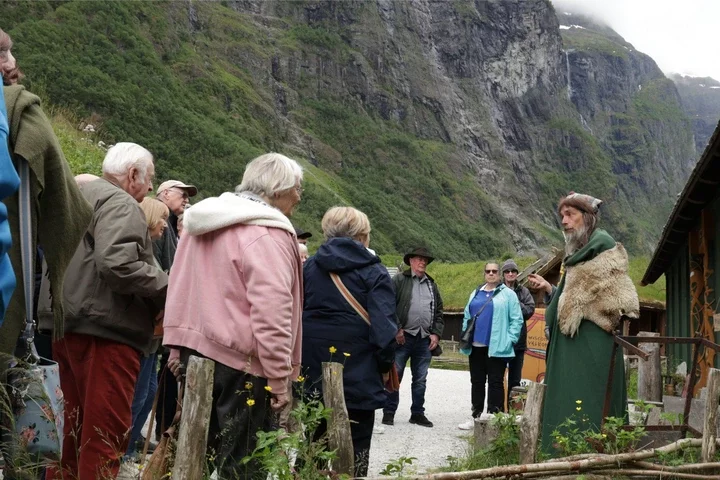
This attraction in Gudvangen, a village nestled at the end of the UNESCO-listed Nærøydfjord gives you a hands-on glimpse into Viking life.
I had the pleasure of exploring it recently, and came back with all the essential details to help you plan your visit.
What it really means to be a Viking
I visited Viking Valley with a group of British tourists, several of whom had questions. "A Viking village? Are there still Vikings in Norway today?"
The word "Viking" is sometimes mistakenly assumed to be referring to an ethnicity, often by people claiming to have "Viking blood". In fact, the word is more of a job title.
Vikings were seafaring Scandinavian warriors and traders who lived during the Viking Age, roughly from the late 8th century to the early 11th century.
The word is derived from the Old Norse word víkingr, which refers to a person who participates in expeditions or raids.
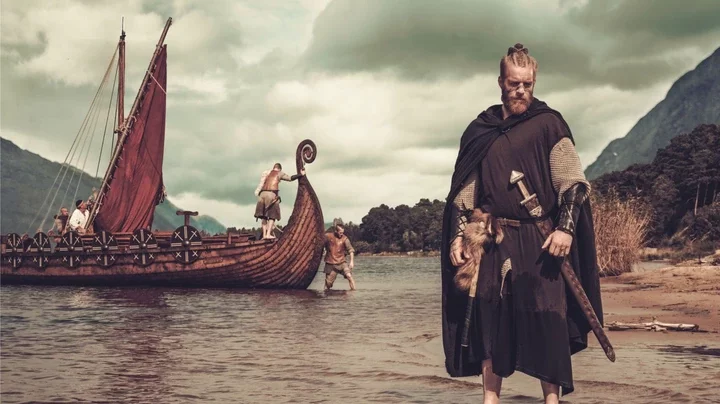
So while it's not necessarily wrong to say one is "descended from the Vikings" (although such a claim would be hard to prove) it's definitely wrong to think of it as an ethnicity.
Many people living in Scandinavia during the Viking age were not Vikings, and no, there are no actual Vikings in Norway today.
Exploring Viking Valley: What to see and do
Viking Valley is located in Gudvangen, at the very end of the Nærøyfjord, which is a branch of the Sognefjord. I was a bit surprised when I got there that the entrance was right next to a decidedly not mediaeval-looking service station.
Viking Village tour: Keen on the Viking Village but don't have time to cruise there from Flåm? This small group tour including lunch is perfect for those tight on time.
The place is well designed though, because as soon as you enter the main building, you forget all about the service station and start noticing Viking imagery in every corner.
That building is where the gift shop is located, and where you can purchase tickets for your visit.
Once you've got your tickets, you can step right through to the other end of the main building, into the 'village' of Njardarheimr. This Norse name means "the home dedicated to the god Njord".
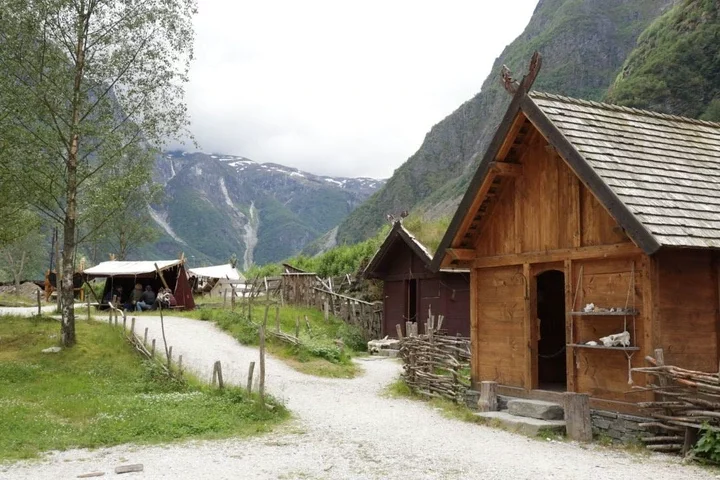
Viking Valley is an immersive experience that lets you actively engage with the Viking way of life. As you wander through Njardarheimr, you'll find yourself surrounded by meticulously reconstructed buildings that reflect the æsthetic and atmosphere of the Viking Age.
The village is home to an international community of Viking enthusiasts who are passionate about sharing the history and culture of this fascinating era.
They bring the village to life, not only through storytelling but by demonstrating traditional crafts, cooking methods, and daily activities that were integral to Viking society.
One of the highlights of your visit will be "The Viking Experience," a 45-minute guided tour included with your entrance ticket. In our case, our guide for the tour was Karl, and he really looked the part.

He told us all about Viking ships, the expeditions and raids they enabled, and the mark these raids left on history.
This was particularly relevant for our group, which mostly consisted of English people - England being a target of some of the most notorious Viking raids.
Other topics included the Viking's religious beliefs, their dress and crafts, and their weapons. Speaking of weapons, the village lets you try your hand at archery and axe throwing, should that interest you.
Unlike a typical museum, Njardarheimr encourages hands-on interaction. You are free to touch most of the exhibits and ask questions directly to the villagers, who are eager to share their knowledge.
This approach makes learning both fun and memorable, especially for younger visitors.
Tailored experiences for a deeper dive
For those looking for an even more personalised experience, Viking Valley offers several tailored activities. You can book a private guide to take you on a tour of the village, ensuring a more intimate and detailed exploration.
There's also the option to enjoy a Viking meal in one of the traditional houses, where you can taste dishes that would have been served over a thousand years ago while learning about Viking culinary traditions.
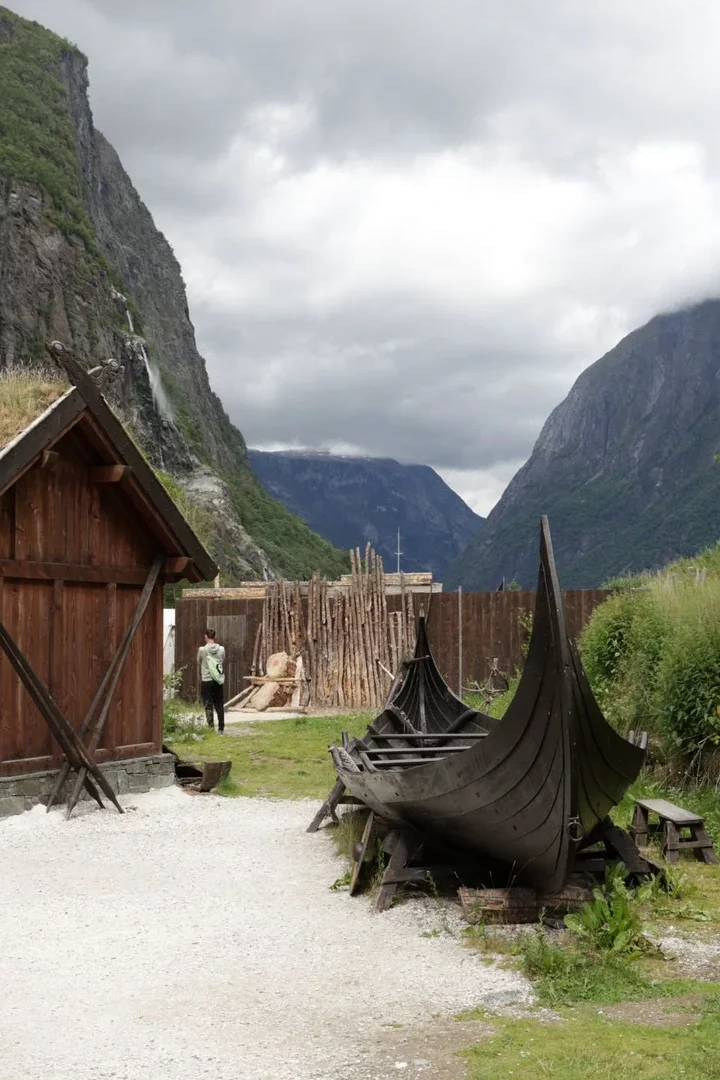
If you're interested in trying your hand at blacksmithing, private sessions are available, offering a unique opportunity to learn the craft in a setting that couldn't be more authentic.
These sessions tend to be booked long ahead of time so do contact the Village well ahead of time if this interests you.
For a truly unique experience, Viking Valley even offers traditional Viking weddings and vow renewals, conducted by the village chieftain.
The ceremony, filled with drumming, includes mead (obviously), and all the ancient rituals that make a Viking celebration so special.
The difficulty of recreating an authentic Viking experience
While Viking Valley in Gudvangen offers an immersive and engaging journey into the Viking Age, it's important to recognise the challenges and controversies that come with attempting to recreate an era based on limited historical evidence.
Historians have pointed out that much of what we think we know about Viking lifestyle is, in reality, educated guesswork, and this has led to some sharp criticism of Viking Valley.
One of the most vocal critics is historian and author Aud Farstad, who has called Viking Valley a "commercial horror show" and accused it of being historically inaccurate.
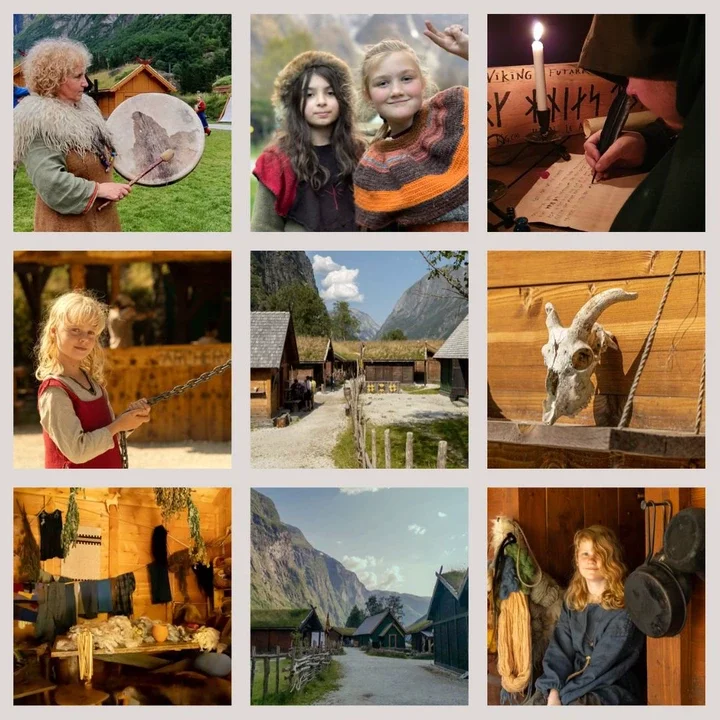
Farstad argues that the village's construction and presentation of Viking life are not based on historical facts.
She finds it particularly troubling that such a reconstruction exists within a UNESCO World Heritage site, stating that it feels more like a theme park than a serious historical project.
Another critic compared the buildings of the Viking village to garages decorated with rune motives.
The core of the issue lies in the fact that there is very little concrete evidence about what Viking buildings, clothing, and food truly looked like. Much of what we do know is based on archaeological findings that are fragmentary at best.
This challenge is acknowledged by Frode Aas Tufte, the manager of Viking Valley. "Painting a picture of how things really were during that time is incredibly complicated, and builds upon a lot of guessing."
No complete houses survive from the Viking age, so recreations inevitably involve a degree of interpretation.

In addition, buildings whose purpose is to host visitors need to be built according to modern needs and safety regulations, which will have an impact on authenticity.
Viking Valley: Our verdict
Despite the critics, Viking Valley does an incredible job of bringing history to life. The guides are knowledgeable and a visit to the village is guaranteed to leave you with at least some information you did not know previously.
While it's impossible to recreate such a site with perfect historical accuracy, the guesswork that went into building the site enables a level of immersion that you just can't get looking at genuine artefacts in a history museum.
Viking Village tour: Keen on the Viking Village but don't have time to cruise there from Flåm? This small group tour including lunch is perfect for those tight on time.
The visit is well worth it. It is both entertaining and educational, as long as you approach the experience for what it is: a well-meaning recreation, not an entirely accurate representation.
Practical information
You can get to Viking Valley easily by car, on the E16 road. By train, you can take the Oslo-Bergen line, switch in Myrdal to the legendary Flåm railway, and then catch a shuttle bus to Gudvangen.
Viking Valley is open year-round, with longer hours of operation from April to October. Entry price as of writing this is 235 NOK for adults and 105 NOK for children, with those under 4 getting free entry.

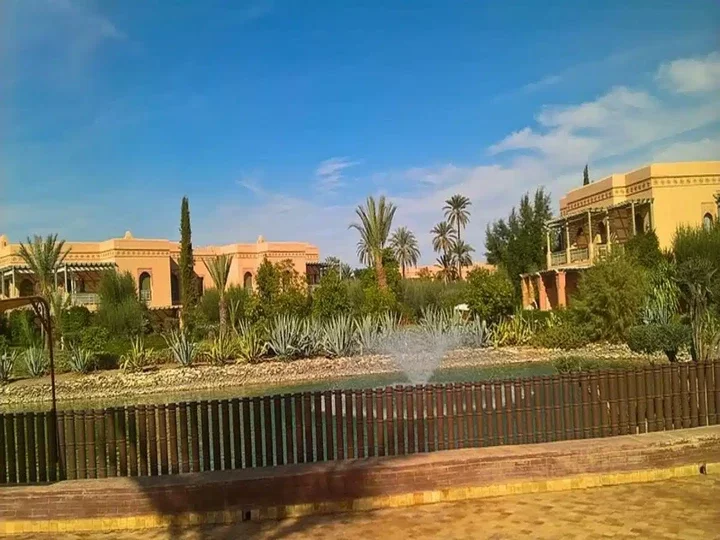
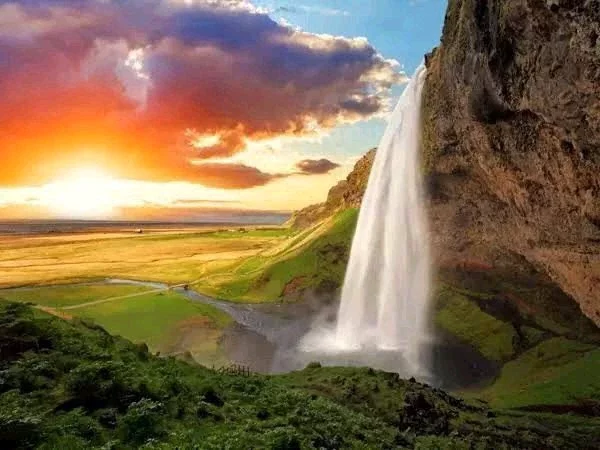


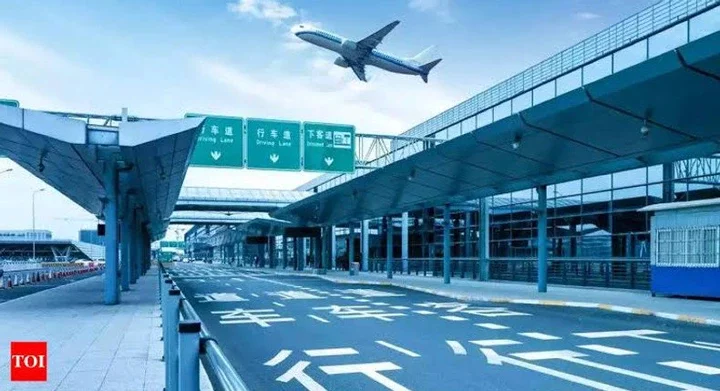
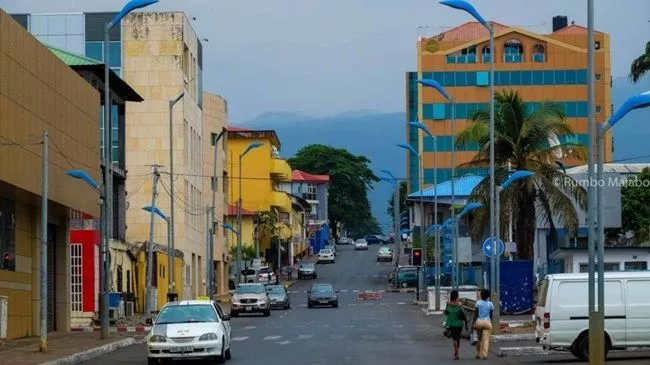










Comments